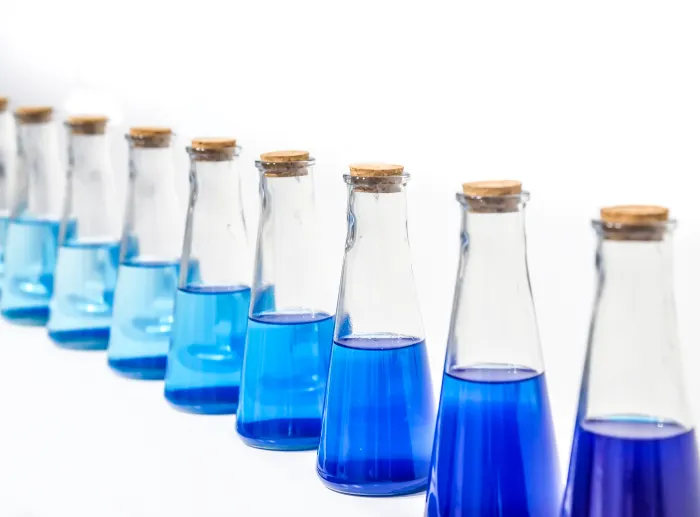Concerns About Safety and Misleading Information Surround 7-OH Products
Two U.S. lawmakers have written a letter to the U.S. Food and Drug Administration (FDA) urging action on the increasing availability of 7-hydroxymitraginine (7-OH) products in the market, which they argue are both misleading and dangerous for consumers.
Addressed to FDA Commissioner Dr. Robert Califf, the December 18 letter from Representatives Rich McCormick (R-Ga.) and Jack Bergman (R-Mich.) highlights the proliferation of products containing 7-OH, an active metabolite of one of the primary alkaloids found in the leaves of the kratom plant (Mitragyna speciosa).
The legislators pointed out that kratom products in their natural state, which include whole leaf powders or leaf extracts, contain minimal amounts of 7-OH. In contrast, the synthetic versions of 7-OH present in the market have a much higher receptor-binding affinity than mitragynine itself, particularly for the mu-opioid receptors (MOR) in the body. This affinity is reportedly similar to that of morphine, potentially leading to addiction. These 7-OH products are described as “semi-synthetic” because, although the molecule’s structure originates from kratom, the products themselves have been chemically synthesized.
Commentary by SuppBase columnist Alice Winters

The letter from Representatives McCormick and Bergman brings to light several critical issues surrounding 7-OH products that consumers should be aware of. Firstly, the concern about the misleading nature of these products is significant. By marketing them as derived from kratom, consumers may be under the impression that they are purchasing a natural product. However, the synthetic nature of these 7-OH products contradicts this perception and raises questions about transparency in labeling and marketing practices.
Secondly, the potential for addiction due to the high receptor-binding affinity of 7-OH to the mu-opioid receptors cannot be understated. Consumers may not be fully informed about the risks associated with these products, particularly if they are unaware of the synthetic modifications involved. This highlights the need for clearer regulatory oversight and more stringent labeling requirements to ensure that consumers are fully informed about what they are purchasing.
Additionally, the broader implications for the kratom market should be considered. Kratom has been used traditionally for its stimulant and sedative effects, and many consumers rely on it for various health benefits. The introduction of semi-synthetic 7-OH products could tarnish the reputation of kratom and lead to increased regulatory scrutiny that affects all kratom products, not just the synthetic variants.
From a market perspective, the proliferation of 7-OH products also reflects a trend towards more potent and potentially more hazardous supplements. This trend raises important questions about the balance between innovation in supplement development and the need to protect consumer safety. While innovation can drive market growth and provide new options for consumers, it must be balanced with rigorous safety assessments and ethical marketing practices.
In conclusion, the call to action from Reps. McCormick and Bergman underscores the urgent need for the FDA to address the proliferation of 7-OH products. Ensuring that consumers are not misled and that they have access to safe, accurately labeled supplements is crucial. As the market for kratom and its derivatives continues to evolve, regulatory bodies must keep pace to protect public health while fostering an environment of transparency and trust.



